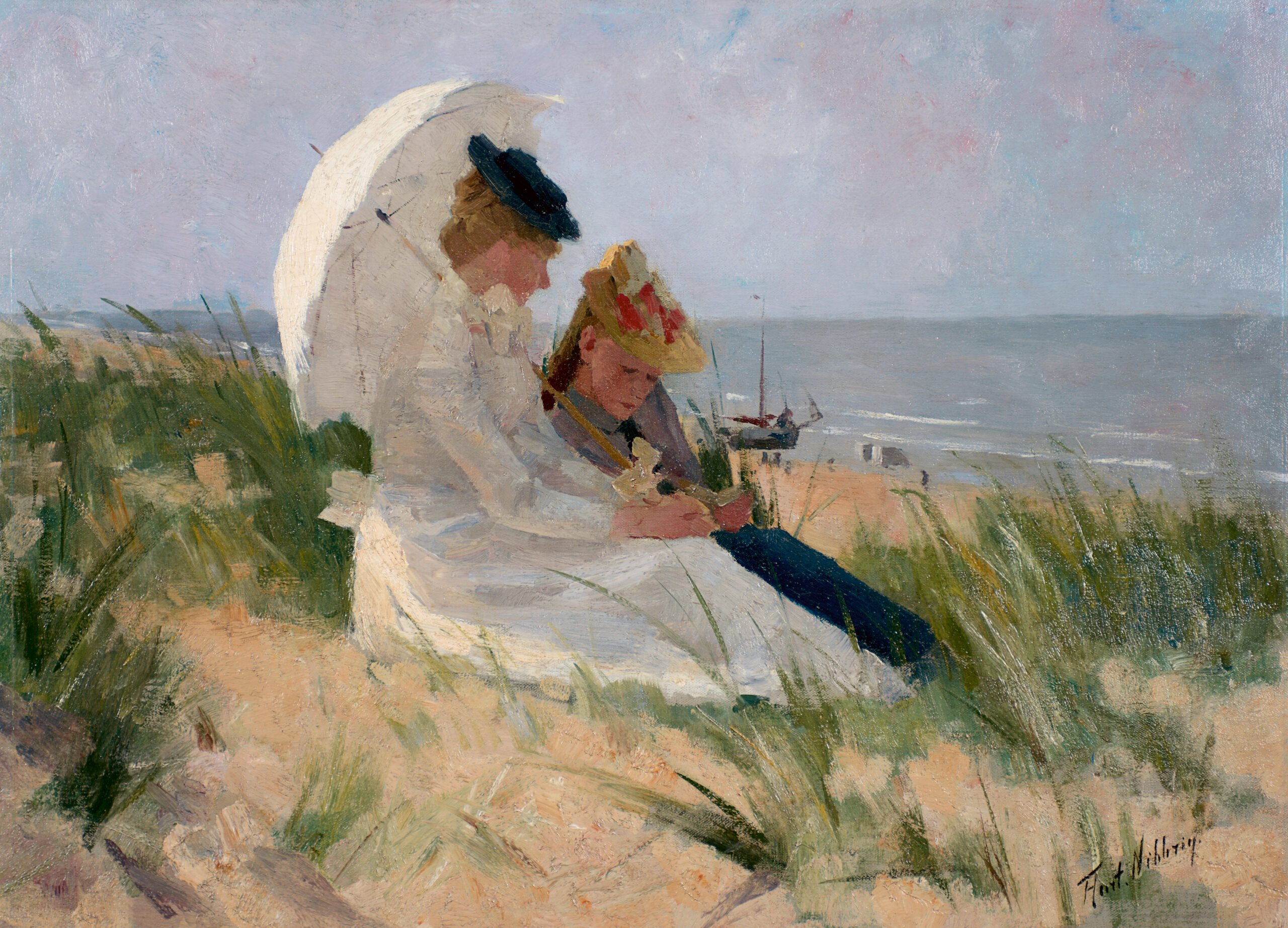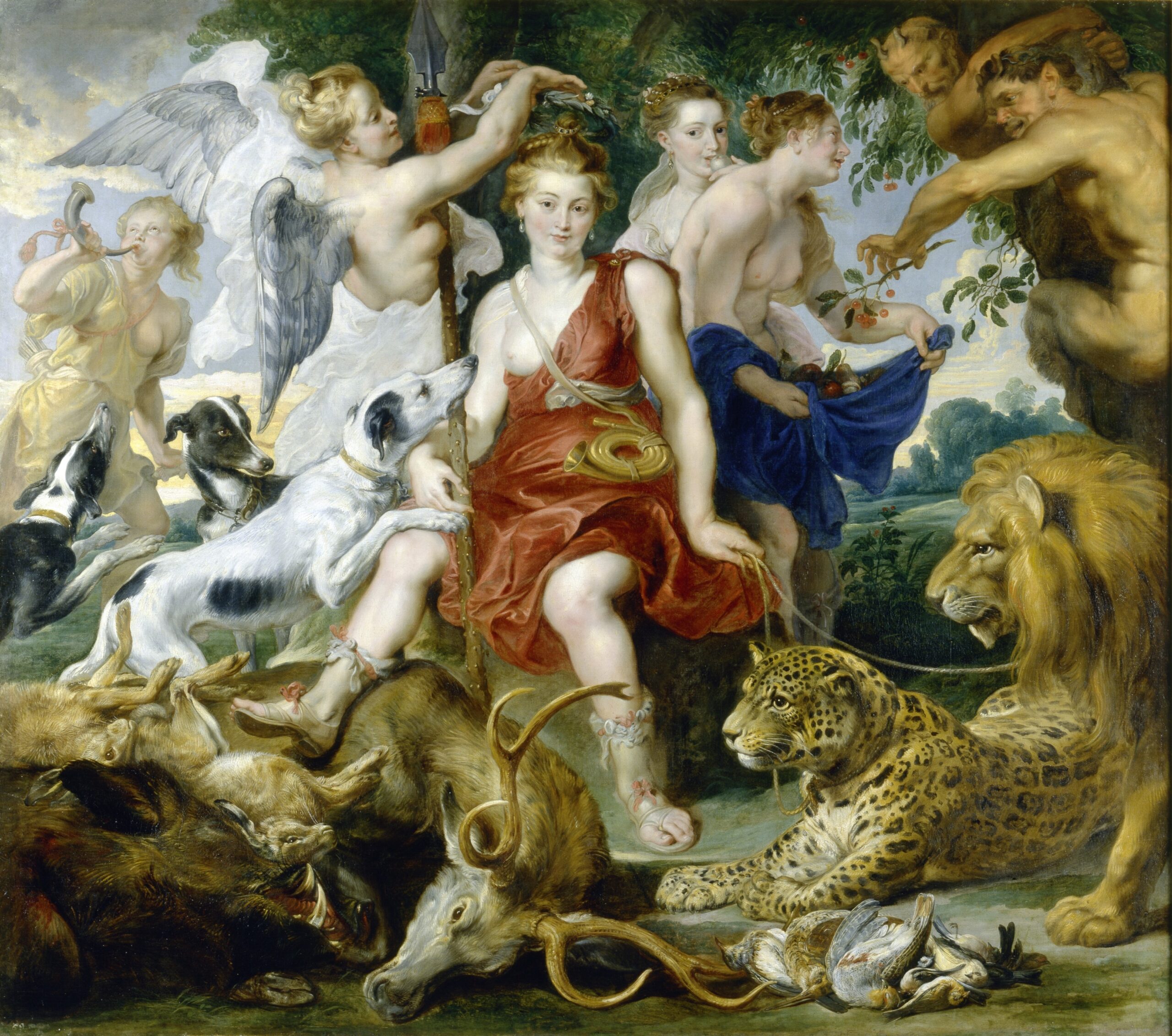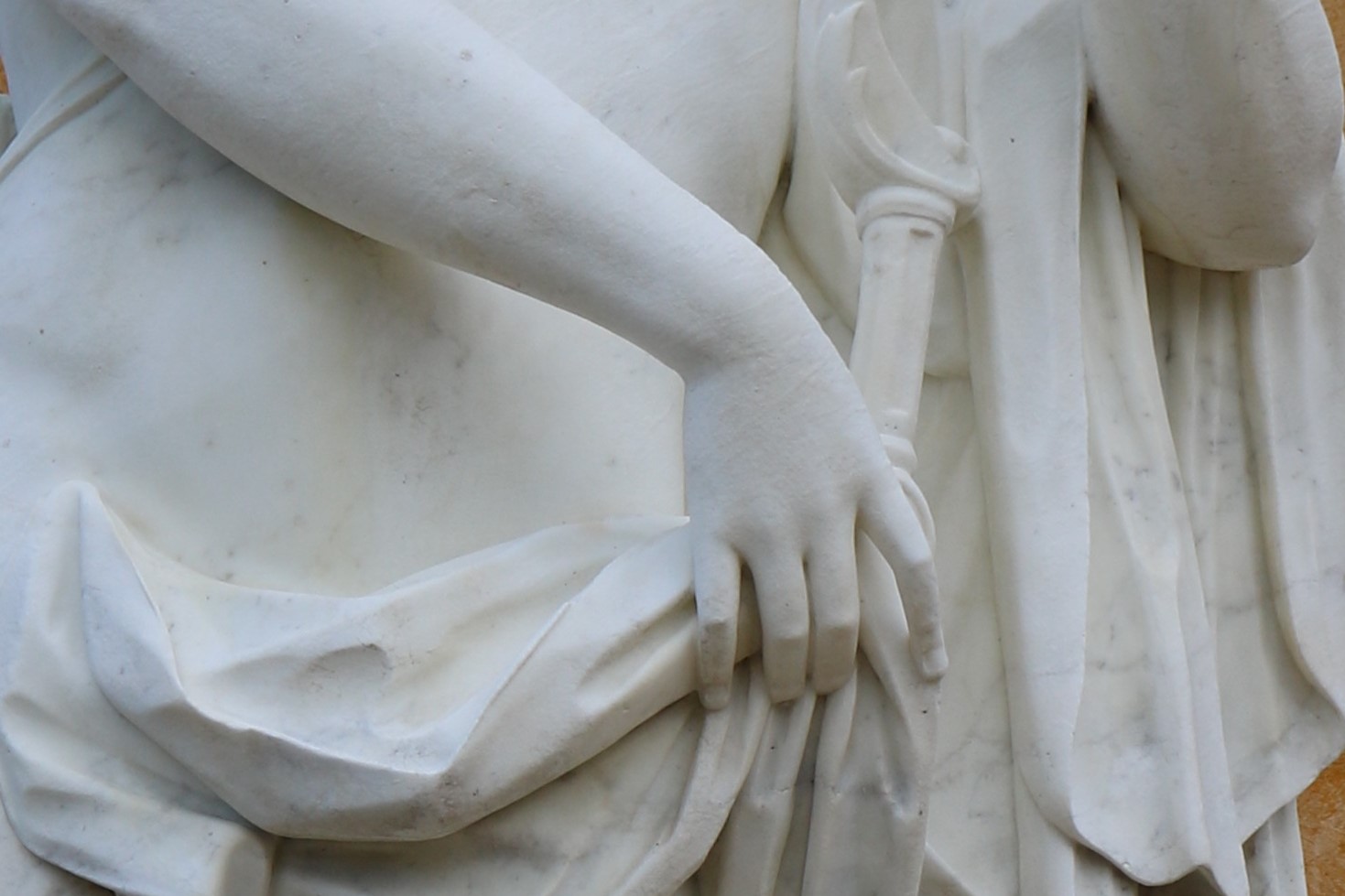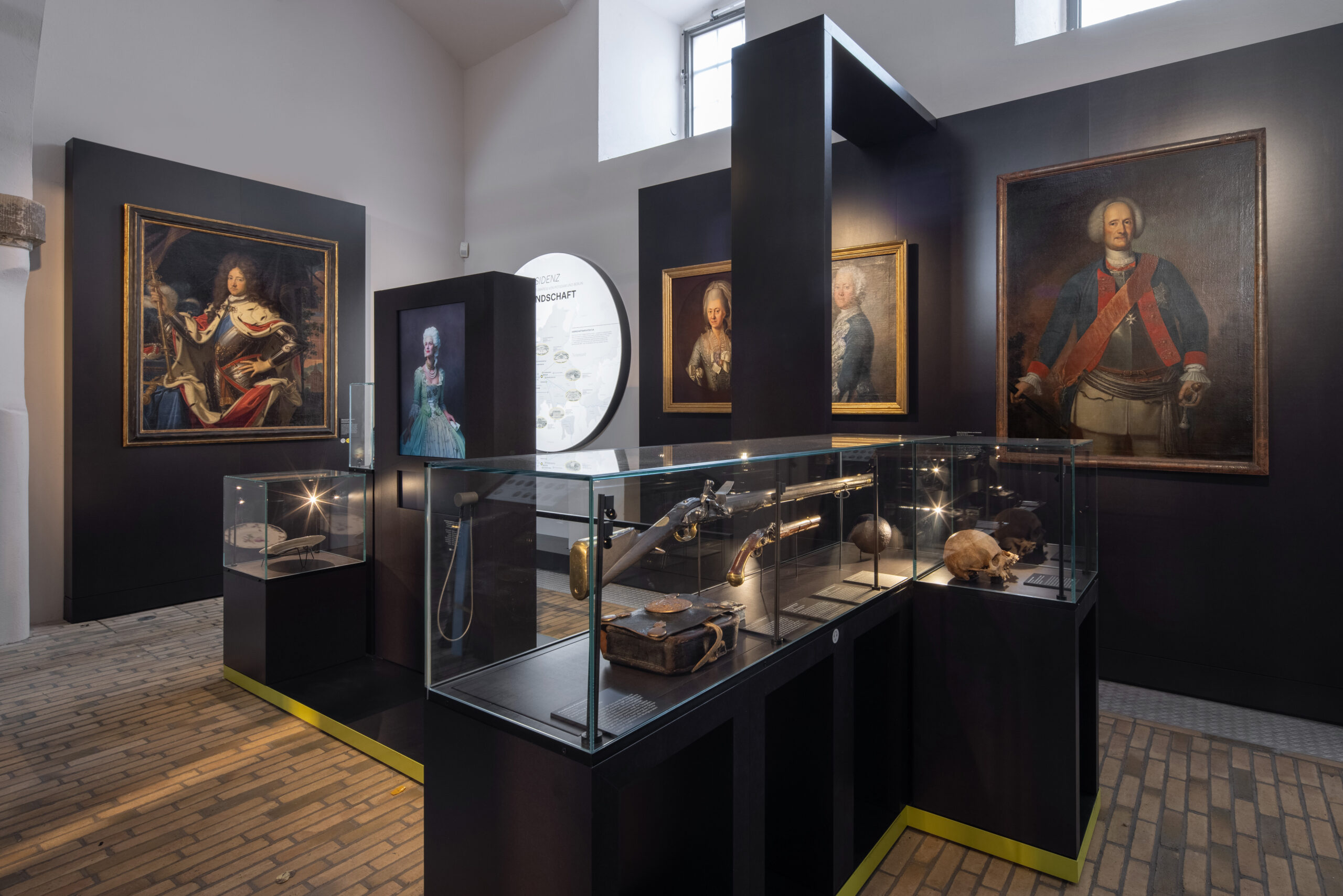
Historical connections between Holland and Brandenburg
The Brandenburg.Exhibition in the House of Brandenburg-Prussian History uses individual objects to explore the relationship between this region and the Netherlands and offers an audio guide for adults and children in Dutch. The transfer of knowledge, dynastic interconnections, and cultural exchange between Brandenburg and Holland are the essential elements of this relationship.
The shared history of the two regions begins as early as the Middle Ages. Netherlandish settlers were among the first wave of newcomers who arrived what is now southern Brandenburg in the twelfth and thirteenth centuries. Many Flemish people settled in Fläming, as the name of the region still indicates today.
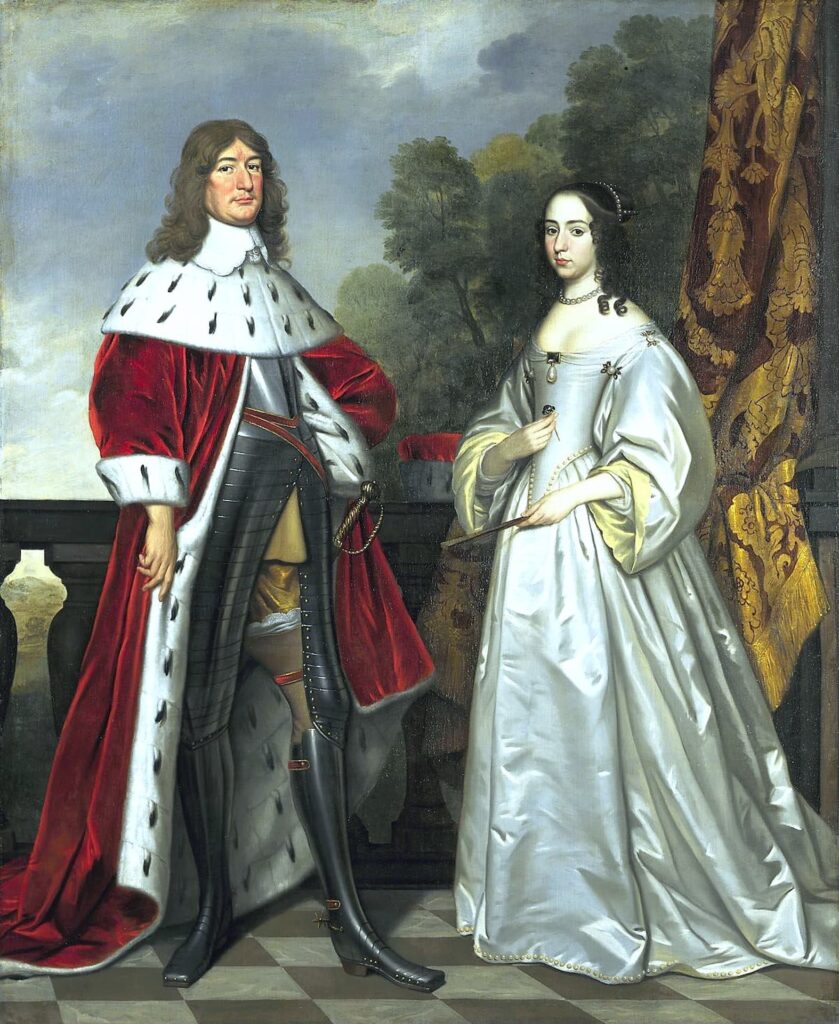
The relationship grew stronger in the seventeenth century when the elector Frederick William came to the throne in 1640. He had spent a number of years in the Netherlands in his childhood and youth. At that time, Brandenburg was beset by poverty, famine, and depopulation as a result of the Thirty Years’ War. Seventeenth-century Holland, on the other hand, was enjoying a “Golden Age” marked by a flourishing of art, culture, and trade. Frederick William’s early impressions and experiences in the Netherlands influenced his activity as elector. Later called the Great Elector, he endeavored to recreate Brandenburg in the image of Holland. Dutch culture was highly esteemed throughout the entire land, including in the city of Potsdam. Netherlandish industries provided the model for new manufactories, while Dutch artists and engineers brought their skills to Potsdam and Brandenburg.
The marriage of the Great Elector Frederick William to Louise Henriette of Orange-Nassau further strengthened the relationship between the two dynasties and laid the foundation for connections in later generations as well. Frederick William gave the Bützow region north of Berlin to his wife as a gift. The electress was fond of the rural environs of Berlin, since the landscape reminded her of her Netherlandish home. Louise Henriette renovated the country estate and enlarged it into a palace in the Dutch style. The surrounding landscape was also redesigned on Dutch models. In her honor, the new palace was named Oranienburg. A model farm in the Dutch style was established around Oranienburg Palace, complete with Dutch gardeners, farmers, and craftsmen. Workers from Holland were intentionally recruited and offered special incentives to bring their knowledge and skills to Brandenburg. For example, farmers from the neighboring country shared their knowledge of agricultural and production methods for butter, cheese, fruit, and vegetables.
This cultural exchange continued into the next generation. The son of the electoral couple, King Frederick I of Prussia, was especially intent on developing all the Hohenzollern lands between Königsberg in the east and Cleves in the west, which bordered on the Netherlands. For many branches of industry, he drew on expertise from his mother’s home country and used Dutch art and culture to enhance his royal prestige. Today, the Netherlandish influence on engineering, architecture, and art is evident throughout the entire state of Brandenburg, especially in Potsdam.
– Kirsten Foemmel, Dr. Katalin Krasznahorkai, Haus der Brandenburgisch-Preußischen Geschichte

This item was taken from the audio walk “Holland in Potsdam”, which was created on the occasion of the exhibition “Clouds and Light. Impressionism in Holland” (8 July – 22 October 2023) and leads to 20 different places in Potsdam with a Dutch connection. Like its predecessor projects “Italy in Potsdam” and “France in Potsdam”, the city tour is permanently available as a free audio tour on the Barberini App and will also be published in the course of 2023 as a art guide in the series of publications of the Stiftung Preußische Schlösser und Gärten.
Header Image: View of the Brandenburg.Exhibition, Photo: HBPG, Thomas Bruns

